 For most people, social media is a convenient way to stay in touch with family and friends. For a small group of people, it’s an opportunity to profit off other people’s trust. Here are some things you can do to continue enjoying Facebook and Twitter without compromising your privacy.
For most people, social media is a convenient way to stay in touch with family and friends. For a small group of people, it’s an opportunity to profit off other people’s trust. Here are some things you can do to continue enjoying Facebook and Twitter without compromising your privacy.
Lockscreens exist for a reason
Make sure all your computing devices lock the moment you stop using them. This way, you are safe from the simplest hack of all: someone opening a browser on your computer that has your social media login saved. As long as your password isn’t your birthday or anniversary, you’ll be forcing hackers to work for access to your account.
Strong passwords are never out of fashion
Unlocking your phone may be limited to a six-digit passcode, but you’ll need something much more complicated for your account password. The first thing you’ll need to do is create a password that isn’t used for any other account. Because data breaches have become such a regular occurrence, hackers probably have a long list of your favorite passwords from other websites and platforms.
In this case, it is best to use a password manager like an app or online service that allows you to generate and retrieve complex passwords.
Another thing you can do is enable something called two-factor authentication, which requires you to type in a secondary code sent to your phone. Even if hackers have your password, they won’t be able to log in without your phone.
Make use of social media features
Facebook offers functions that help you keep tabs on who’s accessing your account and from
where. To use this feature, click the down arrow in the upper right corner of your Newsfeed and select Settings. Then click Security and Login to get more information. If you sense an imposter, click the right-hand icon to give you the option of logging out remotely or reporting the person.
From there, turn on Get alerts about unrecognized logins to be notified via Facebook, Messenger, or email if someone is logged into your account from an unrecognized browser. Unfortunately, Twitter doesn’t have the same option (that makes the two-factor authentication extremely necessary).
While it may be difficult for a hacker to barge into your Facebook or Twitter account through a third-party service that you have given access to your profile, it’s still advisable that you check what you have approved.
- Facebook: Go to Settings > Apps and Websites to view and manage outside service with access to your account
- Twitter: Go to Settings and Privacy > Apps to check and edit the list
Last, be sure to check the permissions mobile apps like Facebook and Twitter have on your smartphone or tablet.
- Android: Go to Settings > Apps > tap the icon in the upper right and then tap App permissions
- iOS: Go to Settings > Privacy to manage which service can access which parts of your phone
Less personal info, fewer problems
These steps are just the beginning of what you should be doing. The next thing you should consider is limiting the personal data you input into your social media accounts. If you have to put a ton of information, then be sure you read this blog from the top.
With a little practical knowledge, you can prevent Facebook and Twitter hackers from doing what they do. Cybersecurity is a sprawling issue and social media privacy is such a small sliver of what you need to stay on top of. For 24/7 support, call our team of experts today.


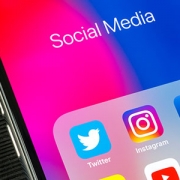
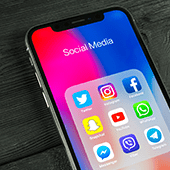 Regardless of your company’s size, social media marketing is a valuable tool you can’t afford to ignore, especially if your business is brand new to the marketing world. Here are some tips you can take away to start making some noise in the social media stratosphere.
Regardless of your company’s size, social media marketing is a valuable tool you can’t afford to ignore, especially if your business is brand new to the marketing world. Here are some tips you can take away to start making some noise in the social media stratosphere.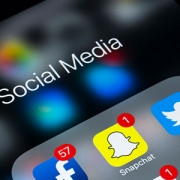
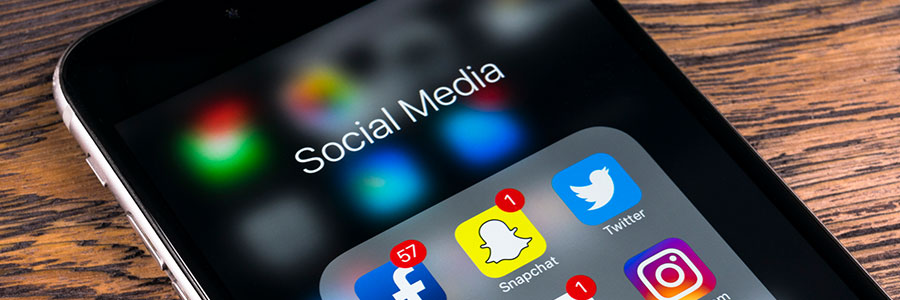 Have you decided to build up your web presence and attract new customers using social media? Here are five tips on how small- and medium-sized businesses (SMBs) can turn likes into dollars.
Have you decided to build up your web presence and attract new customers using social media? Here are five tips on how small- and medium-sized businesses (SMBs) can turn likes into dollars.
 With the tug-of-war between mammoth social media platforms for daily users, 2018 is poised to become the biggest year for technological advancements in the industry. As social norms related to social media change, here are the top 5 trends we expect to become mainstream this year.
With the tug-of-war between mammoth social media platforms for daily users, 2018 is poised to become the biggest year for technological advancements in the industry. As social norms related to social media change, here are the top 5 trends we expect to become mainstream this year.
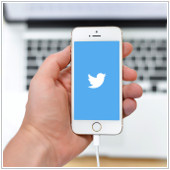 The ocean has a strange way of making you feel so small; so does a Twitter account with virtually no followers. It does become quite hard for your small- to medium-sized business to establish a strong online presence when they are surrounded by singers and supermodels with their own collection of trending hashtags. This is the part where you’d wish you had come across a genie lamp; while waiting for that to happen, take Twitter’s new dashboard app out for a spin.
The ocean has a strange way of making you feel so small; so does a Twitter account with virtually no followers. It does become quite hard for your small- to medium-sized business to establish a strong online presence when they are surrounded by singers and supermodels with their own collection of trending hashtags. This is the part where you’d wish you had come across a genie lamp; while waiting for that to happen, take Twitter’s new dashboard app out for a spin.
 Managing your company’s Twitter account can be tricky. You have a lot of brilliant things to say in under 140 characters but the problem is getting more eyes on your tweets. What’s worse is that there are other companies competing with you to grab that attention. So what can you do to get more people retweeting your posts? Here are a few tricks you can use to get more retweets.
Managing your company’s Twitter account can be tricky. You have a lot of brilliant things to say in under 140 characters but the problem is getting more eyes on your tweets. What’s worse is that there are other companies competing with you to grab that attention. So what can you do to get more people retweeting your posts? Here are a few tricks you can use to get more retweets.
 You know social media marketing can be valuable for your business but, simply put, you just don’t have the time for it. And besides, you’re no social media expert, so the whole process itself can be unnecessarily long as you try and figure out what’s most effective. But what if there was a way you could spend less time on social media while producing more results. Sounds good, right? These 10 tools may be able to help you do just that.
You know social media marketing can be valuable for your business but, simply put, you just don’t have the time for it. And besides, you’re no social media expert, so the whole process itself can be unnecessarily long as you try and figure out what’s most effective. But what if there was a way you could spend less time on social media while producing more results. Sounds good, right? These 10 tools may be able to help you do just that.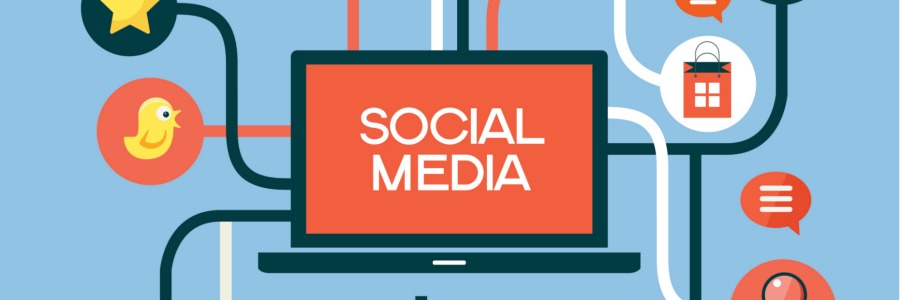

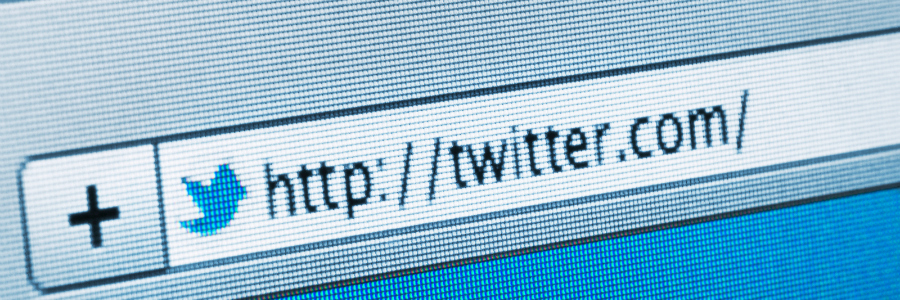
 Something known as “state-sponsored cyber attacks” may not be something you have heard of until now. But with both Facebook and Google viewing the problem as serious enough to warn their users about, it seems this is an issue that could be here to stay. And now with Twitter also recently taking steps to alert their users about possible account hacking attempts, this may well be something that many of us should be concerned about.
Something known as “state-sponsored cyber attacks” may not be something you have heard of until now. But with both Facebook and Google viewing the problem as serious enough to warn their users about, it seems this is an issue that could be here to stay. And now with Twitter also recently taking steps to alert their users about possible account hacking attempts, this may well be something that many of us should be concerned about.